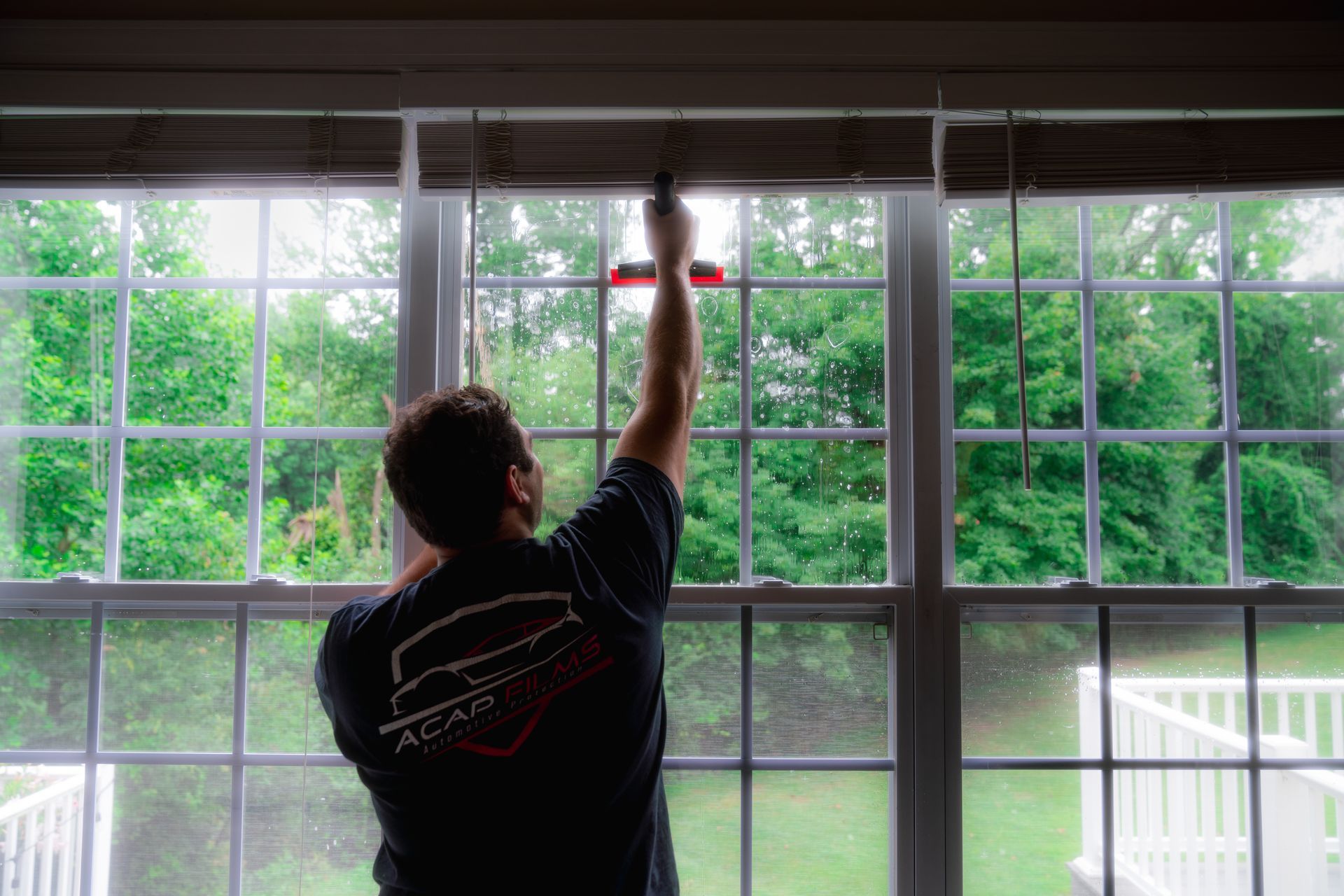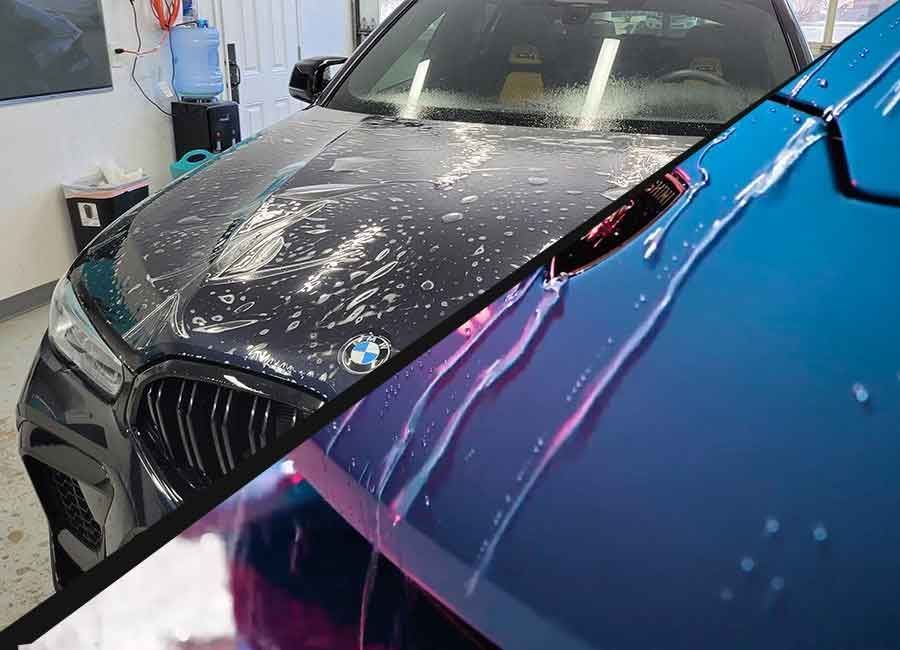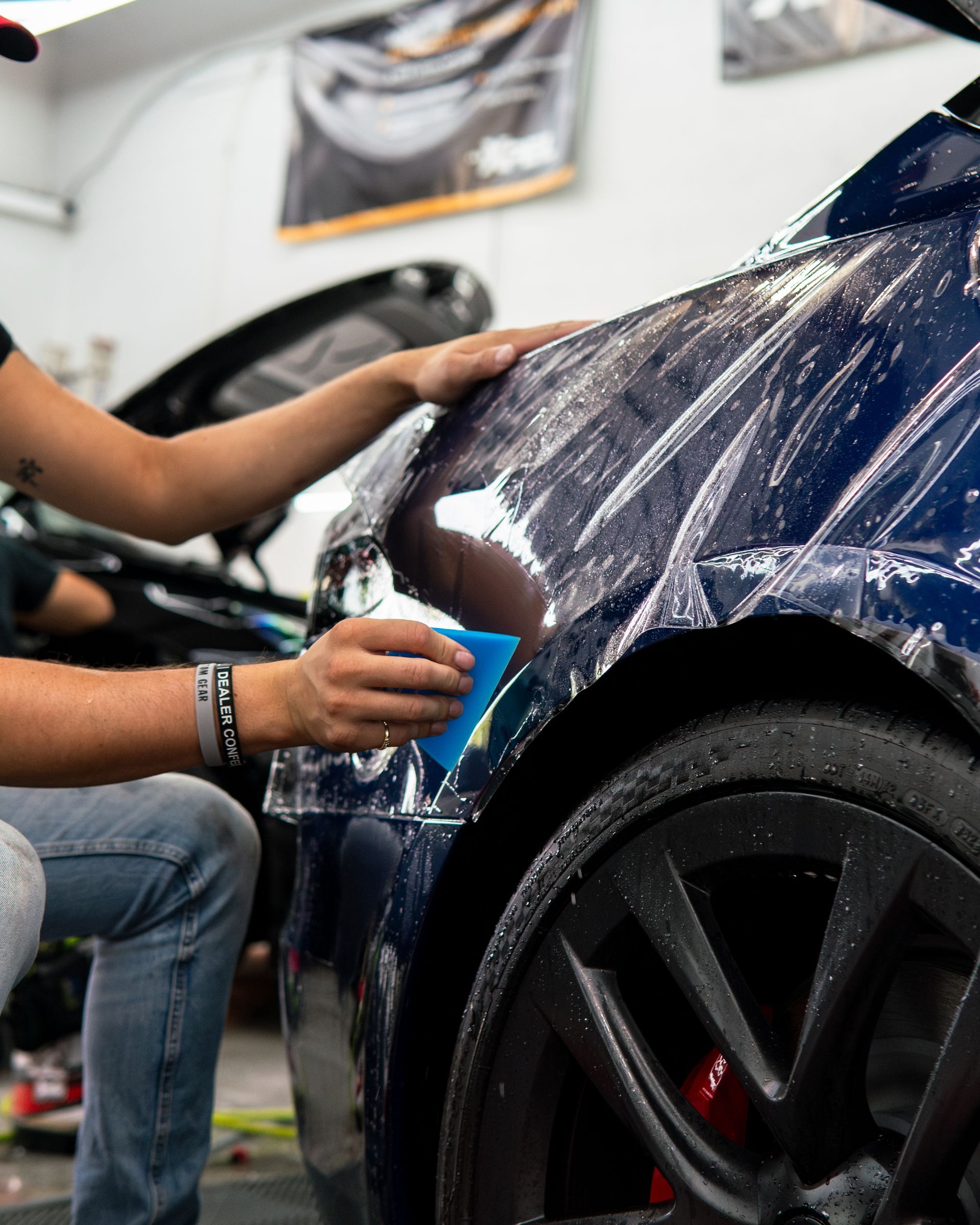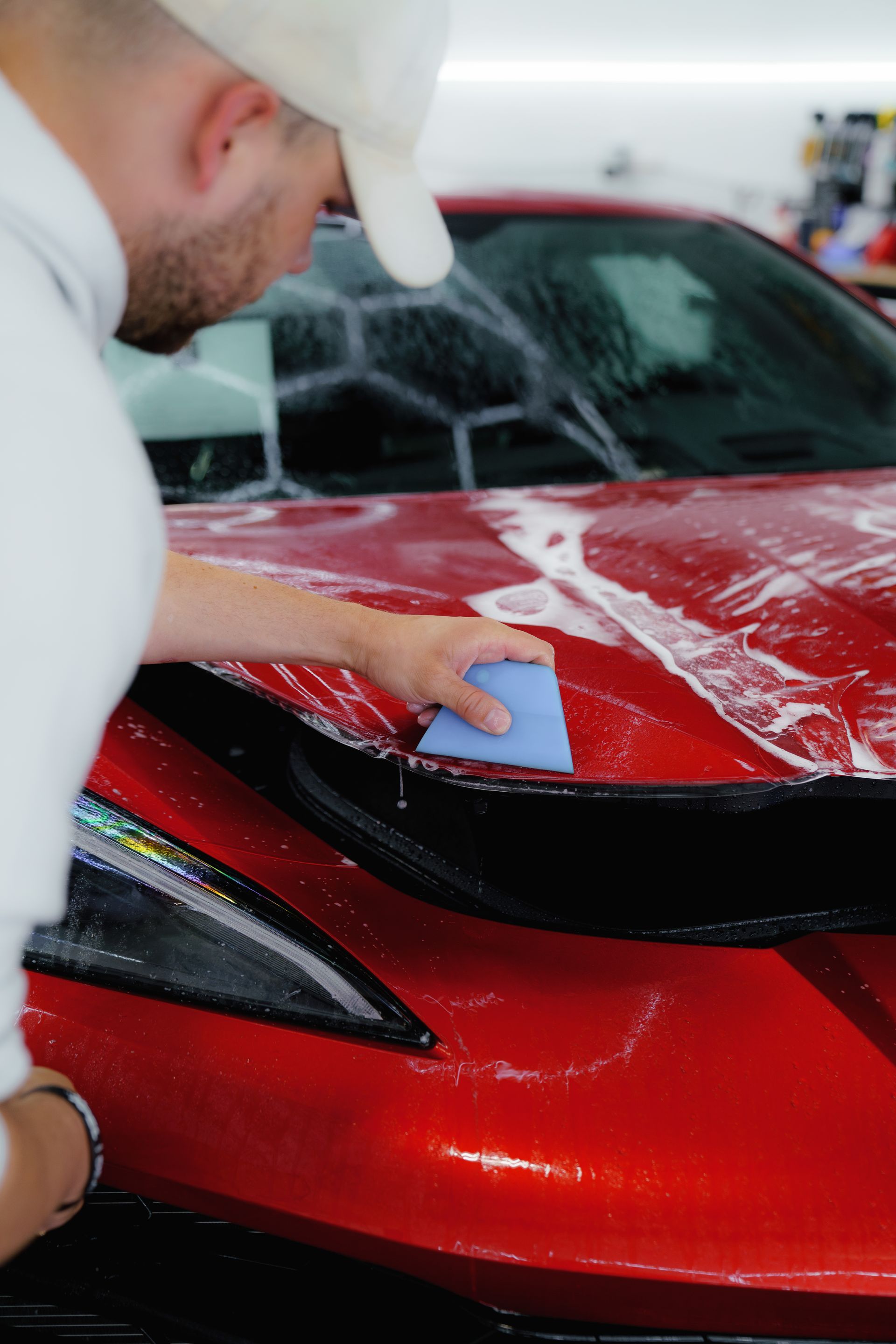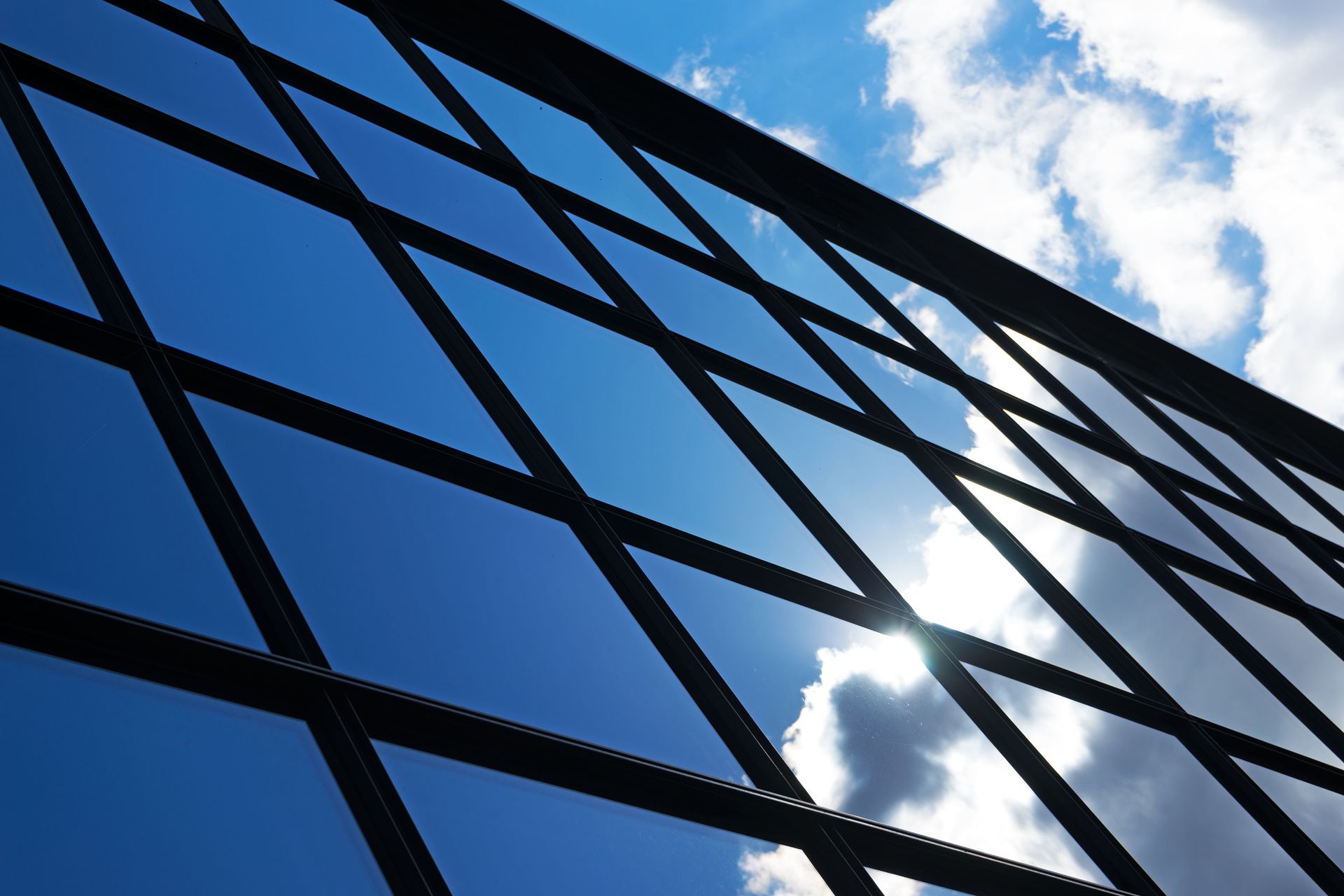Professional vs. DIY Residential Window Tinting: A Comprehensive Comparison
BOOK NOWWhether to choose professional or DIY residential window tinting comes down to quality versus self-contentment. A professional's work often means flawless coverage and complying with local rules, but it may cost more. On the other hand, doing it yourself can save money and deliver satisfaction from finishing your own project, yet it may result in a less than perfect appearance due to air bubbles or uneven coverage. Taking into consideration the effort and result needed is crucial before starting. So let's delve into these two options more deeply.
Opting for professional residential window tinting ensures precise installation, compliance with local regulations, and warranty coverage. While DIY tinting may offer cost savings, achieving professional-level results can be challenging without prior experience or access to high-quality tools. It's important to consider your skill level, patience, and budget constraints when making this decision.
Professional Window Tinting Services
Professional installation of window tinting is often the preferred choice for many homeowners due to its numerous benefits. Trained technicians with specialized expertise and tools ensure that the installation process is precise and flawless, significantly reducing the risk of issues such as bubbles, peeling, or misalignment that may occur with DIY installations. Moreover, professional installers have a keen understanding of local tinting laws and regulations, ensuring full compliance with legal requirements. Expanding upon this idea, hiring experienced professionals for your window tinting needs offers the distinct advantage of expertise. These technicians possess in-depth knowledge of various types of window films and can recommend the most suitable option based on your specific requirements. They are equipped to handle various challenges during installation and can provide personalized solutions to achieve the desired results. Their access to high-quality tools and materials ensures a superior finish and long-lasting performance of the window film.
In addition to their technical skills, professional window tinting services also offer warranty coverage for their work. This means that in the unlikely event of any issues arising after the installation, you have the assurance that they will be addressed at no extra cost. The peace of mind that comes with knowing your investment is protected is invaluable. Let's consider a residential scenario where you decide to have your home windows tinted professionally. A skilled technician will meticulously install the window film, ensuring that it provides privacy, UV protection, and energy efficiency while maintaining a sleek and attractive appearance. Compliance with regulations ensures that your home remains within legal requirements as you enjoy the benefits of professionally installed window tinting.
The advantages of professional window tinting services extend beyond just installation expertise to encompass warranty coverage, compliance with laws and regulations, and personalized recommendations based on individual needs. This comprehensive approach ensures not only a high-quality installation but also peace of mind for homeowners seeking long-term benefits from residential window tinting.
DIY Residential Window Tinting
Are you contemplating the DIY approach for your residential window tinting project? It can be thrilling and cost-effective, providing a sense of accomplishment as you enhance your home. However, achieving professional-level results demands meticulous attention to detail and proper application methods. Let's explore what it takes to accomplish a successful DIY window tinting project.
First off, selecting the right materials and tools is crucial. When it comes to DIY window tinting, precise measuring and cutting are at the core of achieving an even, polished finish. High-quality tint film, specifically designed for windows, along with essential tools such as a utility knife, a squeegee, and a heat gun are indispensable. Precision is vital in ensuring that the tint film fits accurately to the window's dimensions, minimizing gaps and the risk of improper adhesion leading to bubbles. For instance, when measuring the tint film, ensure to add an extra inch or two to the dimensions of the window pane to allow for a slight overlap. This overlap will help ensure complete coverage while providing room for adjustments during the installation process.
Once you have your materials and tools ready, meticulously cleaning the window surface is the next step. Any dirt, dust, or debris left on the glass can lead to imperfections in the final result. Using a gentle cleaning solution and a lint-free cloth, thoroughly clean the window's interior side to create an optimal surface for applying the tint film. The most critical aspect of DIY window tinting is the proper application of the film. One common challenge many people face is dealing with air bubbles that can form under the film during installation. To prevent this issue, it's essential to use a squeegee to carefully push out any air trapped between the film and the glass surface as you apply it. Starting from top to bottom, working methodically ensures the efficient removal of any air pockets.
Some might argue that despite all precautions taken, achieving professional-level results with DIY techniques may still be challenging due to potential errors in application technique or material quality. This underscores the importance of carefully weighing the pros and cons before embarking on a DIY window tinting venture.
Window Tinting Quality and Durability: A Comparison
When it comes to window tinting, the longevity and dependability of the film are critical factors. Professionally installed window tinting typically offers warranties covering both the film and the installation process. This assurance not only brings peace of mind regarding quality and durability but also safeguards against potential issues in the future. These warranties are a testament to the confidence professionals have in their work. With a warranty in place, you can rest assured that any unforeseen peeling, fading, or bubbling will be taken care of without additional costs. This level of coverage and protection underscores the commitment to ensuring high standards in both the product and its application. On the contrary, DIY window tinting may not offer the same level of warranty coverage. The quality and durability of the tinting film could hinge on the skill, precision, and experience of the individual applying it. Without professional expertise, achieving seamless, long-lasting results may be challenging.
An important point to consider is that professionally installed window tinting often utilizes high-quality films with advanced UV protection and exceptional heat rejection properties. These films are engineered to withstand environmental factors and maintain their effectiveness over time. By contrast, DIY kits may offer varying levels of quality, affecting their ability to provide consistent UV protection and heat reduction. For instance, professional window tinting films typically boast a UV protection rating of 99%, superior to many DIY options with ratings around 95%. This seemingly small difference can have a substantial impact on the level of protection provided to your vehicle's interior as well as its occupants.
In essence, when weighing the quality and durability of window tinting options, it becomes apparent that professional installation offers a higher level of assurance through comprehensive warranties, superior film quality, and precise application techniques. These factors collectively contribute to prolonged satisfaction and effectiveness, making professional window tinting an attractive choice for those seeking reliable, long-term solutions.
Cost and Practicality: DIY vs. Professionals Window Tinting
When deciding between professional installation and a DIY job, one of the most critical considerations is the cost. Hiring a professional may ensure expertise and precision, but it often comes at a higher price. Conversely, doing it yourself can save you some money, but it requires skill and might not offer warranty coverage.
Let’s first talk about cost. Professional window tinting usually has a higher upfront cost—it includes the cost of the tinting film or replacement glass panel, labor, and installation, which can range from $2 to $100 per square foot, depending on the type of film or glass chosen. Additionally, labor costs for professional window tinting range from $1 to $5 on the low end and $5 to $10 or more on the high end per square foot. However, while the initial costs of professional installation might seem steep, they could be offset by long-term benefits such as reduced energy bills due to increased energy efficiency, increased property value, and potentially fewer repairs compared to DIY jobs gone wrong.
Conversely, with DIY installations, the costs could be significantly lower since you don't have to pay for labor. The average cost of tinted window film ranges from $2 to $100 per square foot. If you're confident in your own abilities and willing to take on the task yourself after conducting thorough research and seeking advice from professionals if needed, DIY tinting can be a practical option. It is important to note that the type of window film or glass panel and its unique benefits will greatly influence both professional and DIY costs.
In terms of practicality, scheduling is another factor to consider when deciding between professional and DIY window tinting. Professional installation is typically dependent on booking schedules. This means you'll have to wait for an available slot on the technician’s agenda, which might not always align with your own schedule. On the other hand, DIY tasks can provide flexibility as they can be done at a time that suits you best. You won't have to wait for anyone else's availability. However, keep in mind that DIY projects require ample time for preparation and execution—rushing through these processes could result in errors that may be costly to fix later on. By understanding the details regarding cost and practicality with both approaches, we can make an informed decision about whether to proceed with professional assistance or take the DIY route when it comes to our residential window tinting needs.
Choosing the Best Window Tint Type
When selecting the best window tint type for your home, you need to consider various factors, such as UV protection, heat reduction, and privacy requirements. These will significantly impact which window tint is most suitable for your needs.
Let's start with UV protection. Exposure to UV rays from the sun can cause furniture and flooring to fade over time. The right window tint can block these harmful rays and prevent damage to your space. It's essential to look for tints specifically designed to offer high levels of UV protection if this is a key concern for you. Another crucial aspect is the tint's ability to reduce heat. Especially in warmer climates or during the summer months, excessive heat can make a space uncomfortable and lead to higher cooling costs. Therefore, opting for a tint that provides effective heat reduction can significantly improve the comfort of your home while potentially saving on energy expenses. In addition to UV protection and heat reduction, privacy requirements should also be taken into account when selecting a window tint type. Specific areas of your home, such as bathrooms or bedrooms, may require increased privacy. This is where frosted or decorative tints come into play, providing both privacy and natural light.
Now, let's discuss what's available to homeowners or DIY enthusiasts. Both professionals and DIY enthusiasts have access to a wide range of tints suited for different purposes. Professionals are excellent at recommending and installing high-quality tints created for particular needs, supported by their knowledge and experience. On the other hand, DIY enthusiasts may find satisfaction in customizing their approach and choosing tints based on personal preferences and immediate requirements. It's important to understand that while DIY projects can be fulfilling, professional installation offers additional benefits such as reliability and longevity, especially considering that window tints are a long-term investment designed to enhance both the aesthetic and functional aspects of your home.
By carefully evaluating your UV protection, heat reduction, and privacy needs, along with weighing the advantages of professional installation versus DIY techniques, you'll be better equipped to select the best window tint type for your residential space.
Final Comparison: Professional vs. DIY Tinting
When it comes to choosing between professional and DIY window tinting, several important factors should be taken into account.
Skill Level: Professional window tinting involves the expertise and skill of specialized technicians, ensuring a precise and flawless result. On the other hand, DIY tinting demands a certain level of skill and expertise to achieve professional-level results. Some homeowners may have experience with DIY projects, but others may find the process challenging without prior knowledge or access to high-quality tools.
Time and Patience: The time required for professional window tinting for a standard-sized residential window is typically much shorter than that for DIY tinting, as experienced technicians can efficiently complete the installation process. In contrast, DIY window tinting may take longer, especially for those who are new to the process and need to spend time learning and practicing the correct techniques. Additionally, DIY projects require extra care and patience to avoid errors that could affect the quality of the finished result.
Legal Compliance: Professionals comply with local tinting laws and regulations, ensuring that the tint levels adhere to legal standards. This saves homeowners from potential legal issues related to non-compliance. In contrast, DIY window tinters must carefully research and understand local regulations to ensure they meet legal requirements.
Budget Constraints: The average cost of professional window tinting for a standard-sized residential window may be higher than purchasing a DIY window tint kit. However, professional window tinting includes warranty coverage, providing financial protection against unexpected issues that may arise after installation. Homeowners should weigh the long-term benefits against the short-term costs.
Personal Preference: Personal preference plays a significant role in choosing between professional and DIY window tinting. Some homeowners prioritize the customization and hands-on involvement offered by DIY options, while others value the expertise, convenience, and assurance provided by professional services.
The choice between professional and DIY window tinting should align with the specific needs and priorities of the homeowner. By carefully considering skill level, time and patience, legal compliance, budget constraints, and personal preference, homeowners can make an informed decision that best suits their individual circumstances.
Quality Residential Window Tinting Services in Malvern, PA
Transform your home into a sanctuary of comfort and style with Acap Films, the go-to provider of
quality residential window tinting services in Malvern, PA. Unleash the potential of natural light while maintaining privacy and energy efficiency through Acap Films' expert window tinting solutions. Their skilled professionals employ top-notch materials and cutting-edge techniques to ensure a seamless and aesthetically pleasing application. Experience the benefits of reduced glare, UV protection, and energy savings, all while enhancing the overall ambiance of your living space. Elevate your home's appeal and create a haven of tranquility with Acap Films' residential window tinting services. Don't compromise on quality; choose excellence for your home. Schedule your consultation with Acap Films today or call our experts at
(484) 241-2038 and step into a world of enhanced comfort and style!

